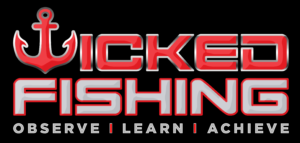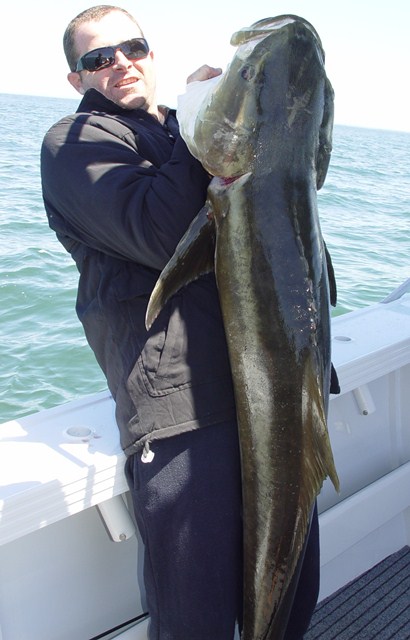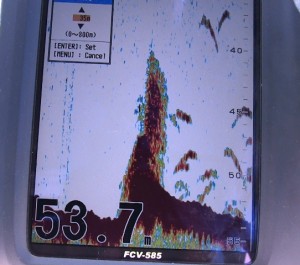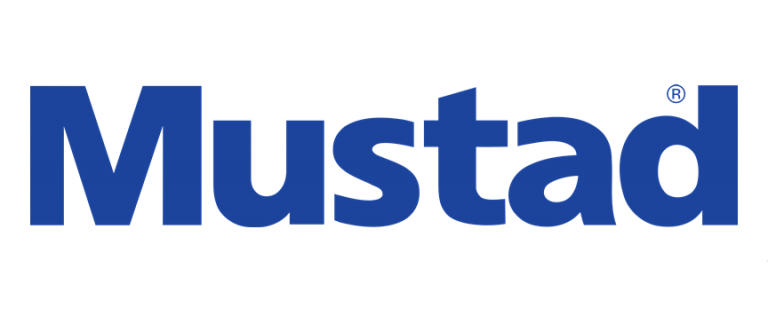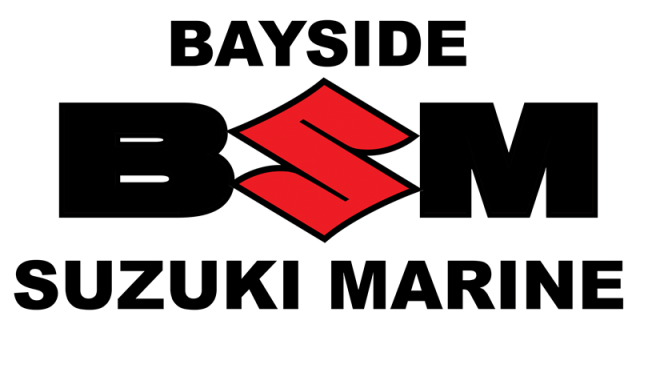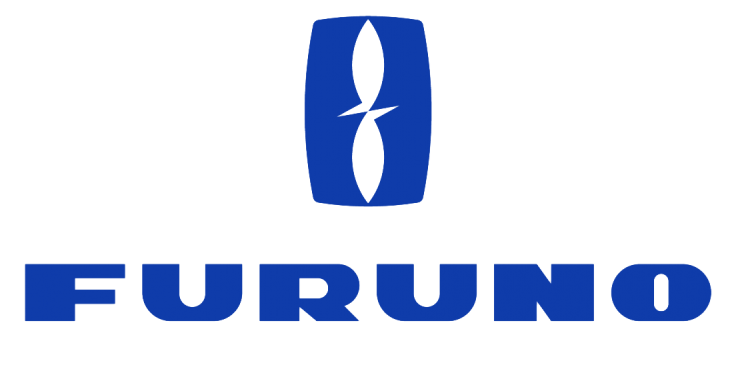
Targeting large bottom dwelling speedsters
If you like targeting big fish and don’t mind pain then you can’t go past bottom dwelling speedsters such as Amberjack, Samson, Cobia and Yellowtail kingfish. Although this may not be everyone’s cup of tea, for some it’s what fishing is all about and this is purely sport and a challenge to beat such a brutal fish of the ocean.
These fish can be found in so many different places and depths so just about anyone can catch them even if you are not specifically targeting them. However, there are many techniques and areas that will increase your chances of hooking and actually landing these big fish. One point that everyone knows about these fish is that they fight extremely hard with an aim of taking you back to the reef and busting you off as quickly as possible. These fish are often found on large ledges, pinnacles and wrecks and this means you need to stop them in their tracks ASAP and the most obvious solution to try do this is by using heavy tackle on quality gear. This certainly won’t guarantee the fish won’t brick you but does better your chances.
If quality rods and reels are out of your budget then maybe a change in technique will still see you raise these fish. As I just said big pinnacles, ledges and even wrecks seem to be the areas these fish like to hang around but they will cruise most small reefs hunting for food so this is when you have a lot better chance of landing these fish on regular rods and reels and even light line as these smaller reefs have minimal structure for these fish to head back into and rub you off. Even placing the baits up off the bottom say 5 mtrs can better your chances by giving you that extra distance to try stopping them before they reach the bottom. Another method, which has taken the world by storm over the years, is jigging. Many may still say live baiting is better but a lot of others will argue the point but I believe jigging has a lot of advantages such as being streamline for less drag and quicker entry to the sea floor in big depths and strong current areas to optimize your strike rate over the targeted structure. The movement of a jig seems to get fish really excited when they may not be in there prime feeding periods which can see live baits being left while the jigs produce. The big advantage of a jig is the fact they are retrieved at very high speeds which means the fish has to do the chasing to nail that jig and by then you may have 5 or more mtrs that the fish is from the bottom giving you a slight advantage before that fish heads for the bottom. If you’re serious about jigging then expect to spend big bucks on quality rods, reels, braid and jigs for optimum results.
For a lot of people, including myself jigging is hard yakka although I don’t mind it from time to time and it is effective but I still prefer live baiting for them. There are two different ways of live baiting for these fish and this depends very much on the location, depth and current. These fish are targeted mainly in depths from approx 50-200 mtrs with the deeper water favored areas but these are also prone to strong currents so drifting is the preferred option. Drifting over large structures can be bad enough at the best of times making sure you don’t get snagged up as your bait passes by but hooking up on large Amberjack, Yellowtail Kingfish and Samson while close to the structure will almost certainly see you busted up in seconds. Approaching large structure with a little thought will once again better your chances to land the fish. When drifting it’s best to place your boat to the side of the wreck or pinnacle and make the fish come away from the structure and to your bait giving you more time to pull him away while heading down current and hopefully in no time at all you will be fighting the fish in clean water away from the danger zone. If the area is pretty large and has many particular high spots you will need to try avoid them. Try placing the bait behind the high area but still close to the strike zone with the bait being pulled away from the structure by the current.
For me I prefer fishing for these fish in water around 50-70 mtrs on smaller reefs and anchor. This way I can catch other reefies and put out big live baits for the larger brutes. As far as livies go the bigger the better so Yakkas and slimies work fine but my favorite bait is legal reef fish. Large live baits mean that not much else will eat them other then large predatory fish or sharks so I like to put them down on a floater or preferably a paternoster and keep it off the bottom 5 or so mtrs while I fish for other reefies on another rod.
I use lines mainly around 80lb with 80 to 120lb leaders but bigger would be advised and strong hooks around 9/0 and larger so you can give the fish plenty stick which may mean cranking the drag up for the first 20 mtrs or so until I’m sure the fish is worn out slightly and has no chance of heading back to bottom. Many fishermen I know use really heavy tackle on these fish and still get dragged back into the reef on a regular basis so the power of these fish is really amazing and you really need luck on your side to raise some of these monster fish, which can grow in excess of 50kg.
It’s a great experience to raise one of these fish and even better to let them go back where they came from to cause some pain to another angler in the future as there are many more species which taste a hell of a lot better. Although these fish can be caught all year round we do get good numbers of large fish around the June through to December in se qld.
Greg Lamprecht
